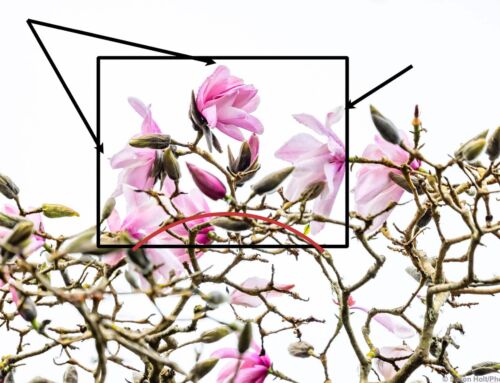A recent report from the San Francisco Estuary Institute (SFEI) indicates 7 trillion particles of microplastic are entering the San Francisco Bay per year through stormwater. SFEI report. Almost half of this can be traced to the rubbery polymers of tires wearing down. Multiply this across every urban landscape in the world, and we have a problem.

Bioswale garden by parking lot, Davis, California.
“No one had looked at all the water rushing off the streets during rainfall events to see whether that had plastics in it,” said SFEI scientist Rebecca Sutton, the study’s lead author. “That makes all that driving we do something to think about, not just in the Bay Area, but any setting where there are cars.” More reporting on microfibers in this LA Times article.
We are only beginning to study the effects of microplastic pollution on the fish and the marine environment, but microplastics are everywhere. A recent World Wildlife Fund report says we already consume the equivalent of a credit card a week of plastic in the food we eat.
How might we treat this storm water to prevent this sludge of plastic and tire dust before it runs into our rivers, bays, and oceans?

Spring meadow garden with rock lined dry creek as rain garden, bioswale.
Rain gardens and bio swales are proving to be remarkable nature-based filtration solutions. A separate SFEI study indicates 90% of microplastics can be removed by these natural systems of bioretention. 90% !
The term rain garden and bioswale are often used interchangeably. Gardeners tend to think of rain gardens simply as a way to capture rain onsite, using plants that can tolerate seasonal wet; while bioswales tend to serve larger purpose with engineered design (such as dry creek beds) of preventing erosion, capturing water, and cleaning it of various microparticles with appropriate plants.

Backyard bioswale, Carex lawn with dry creek rainwater bioswale for permeability

Rain garden with dry gravel percolation pond; design Urban Water Group
Gardeners, especially those of us in summer-dry climates, have been advocating for rain gardens for many years, as a way of slowing down runoff, holding rain water on the land and having it percolate into the ground rather than flowing off our roofs, down into street gutters, through storm drains, and ultimately off into our waterways completely untreated.

Los Angeles storm water drainage
In fact, storm water runoff is a much greater source of microplastic in our water than treated wastewater – by 300 times. While it turns out treated wastewater is a much smaller source of microparticles in water overall, wastewater does contribute significant microfibers – abraided fibers from textiles and clothing.
With stormwater though, we now have even more reason to incorporate rain gardens and bio swales into our management plan for Garden Earth. Indeed, we simply must consider the whole Earth, now nearly overrun with humans, as a garden to be cultivated and cared for.
Humans congregate in urban areas and these cities need to rethink their systems of design to include green infrastructure as part of Garden Earth. We are now seeing that even the simplest gutter cut, to allow water to flow into a parking strip instead of down the storm drain, is helping the green environment of street trees.
It is only a matter of time for zoning and planning officials to update infrastructure design and figure out ways to include bioswales as an equally important method cleaning the storm water as to storing it. Cities are their own ecological systems and must consider ways to have their footprint incorporated into the living earth.

Rain garden bio-swale pond edged with yellow basket willow, to capture storm water runoff from parking lot .
Since 2014, China has been implementing the Sponge City Construction initiative for achieving urban sustainability, similar to that of low impact development (LID) and green infrastructure (GI) practices now considered in many parts of the world.
Their six-word Sponge City Principle, which includes infiltrate, detain, store, cleanse, use, and drain, forms the basis of the guidelines for urban stormwater management, exactly the bioswale idea.
This is not simply for urban flood control, the traditional urban infrastructure of storm drains, but also for rainwater harvest, for water quality improvement and ecological restoration using the natural systems such as soil and vegetation integrated as part of the urban runoff control strategy.
Cities around the world need to reorient to Garden Earth in this way. It is not simply a climate change solution, it is an adaptation that works in harmony with living systems.

Green infrastructure – bioswale by parking lot with rock dry stream bed for rain garden ground water permeability, Davis California
There is science and technology behind it, as in the soil engineering of the parking lot above, but nature based.
This is why we need green infrastructure and the Green New Deal. The Green New Deal focuses on a new economy, new infrastructure, new ways to create resiliency. Yes it will take massive investments – but it is a real plan.
The most effective bioswales, in terms of bioremediation of polluted storm water, are estimated to need soil replacement annually. This takes work and planning … and budgets. But it is good work, ongoing jobs, and a good investment of money. Let’s do it.
Plants can heal us, let’s get to work.







Leave A Comment